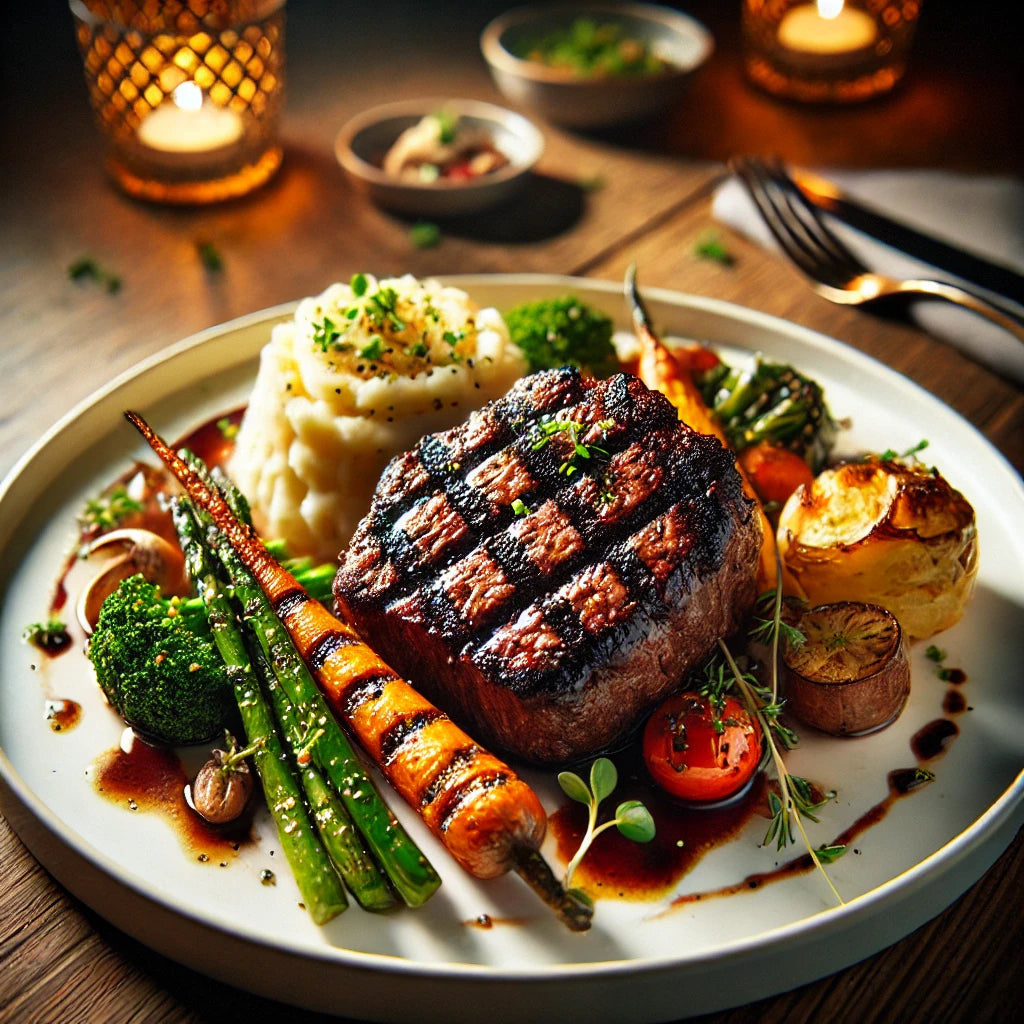
Embracing Bison: Reviving a Tradition, Growing an Industry
The majestic bison, an enduring symbol of the American West, represents resilience, sustainability, and a connection to our land’s heritage. In recent years, there’s been a growing movement to promote the use of bison meat and other bison products—not just as a culinary choice, but as a way to support environmental conservation, sustainable farming, and economic growth in rural areas. Today, the need to grow this industry is greater than ever.
Why Bison? A Healthier, More Sustainable Choice
Bison meat is a nutritional powerhouse. It’s leaner than beef, packed with protein, and rich in vitamins such as B12, zinc, and iron. For consumers looking to make healthier food choices, bison offers a delicious, nutrient-dense alternative to traditional red meats without compromising flavor. Its natural sweetness and tender texture make it a favorite for chefs and home cooks alike.
But bison isn’t just good for the body—it’s also good for the planet. Unlike industrial livestock, bison are often raised in natural grassland environments. Their grazing habits contribute to prairie restoration, promoting biodiversity and preventing soil erosion. Bison require fewer resources than conventional cattle farming, making them an eco-friendly option for the environmentally conscious consumer.
Supporting Ranchers and Rural Economies
The bison industry remains a niche market, with only about 400,000 bison in North America compared to the millions of cattle raised annually. Expanding this industry offers a unique opportunity to support ranchers who are committed to sustainable practices. Many bison ranchers view their work as a stewardship of the land and its history, ensuring that these animals can thrive in their natural habitats.
Promoting bison products can help diversify income streams in rural communities, preserving the ranching lifestyle while fostering economic growth. With proper incentives and market support, the bison industry has the potential to become a cornerstone of rural economies, offering opportunities for small-scale ranchers and indigenous communities with deep ties to bison.
Beyond Meat: The Appeal of Bison Products
Bison offers more than just meat. Every part of the animal has value, from hides used in crafting durable leather goods to nutrient-rich bones for broths and pet products. Promoting these byproducts can further enhance the industry’s viability while reducing waste.
Additionally, bison products resonate with consumers seeking authenticity and heritage. A bison leather handbag or handcrafted jewelry piece carries the spirit of the West, blending tradition with modern sensibilities.
How You Can Help
Growing the bison industry requires a collective effort, from policymakers and businesses to everyday consumers. Here’s how we can all contribute:
-
Support Local Ranchers: Purchase bison meat and products directly from ranchers or local markets. Look for certifications that ensure ethical and sustainable farming practices.
-
Educate and Advocate: Share the benefits of bison with your community. Whether through social media, local events, or conversations, raising awareness can drive demand.
-
Partner with Businesses: Restaurants, grocery stores, and retailers can play a critical role by incorporating bison meat and products into their offerings, helping to normalize these items for mainstream audiences.
-
Policy Support: Advocate for agricultural policies that support bison ranching, including subsidies, conservation initiatives, and market access programs for small producers.
Reviving the Spirit of the West
Promoting the use of bison meat and products is more than a business endeavor—it’s a way to honor the land, culture, and traditions that shaped America. By choosing bison, we’re not only enjoying a healthy and delicious product but also supporting a sustainable, thriving industry that preserves the legacy of the American West.
Together, we can help the bison industry grow into a modern symbol of resilience and sustainability—one that we all can ride for, as part of a shared vision for a better future.
